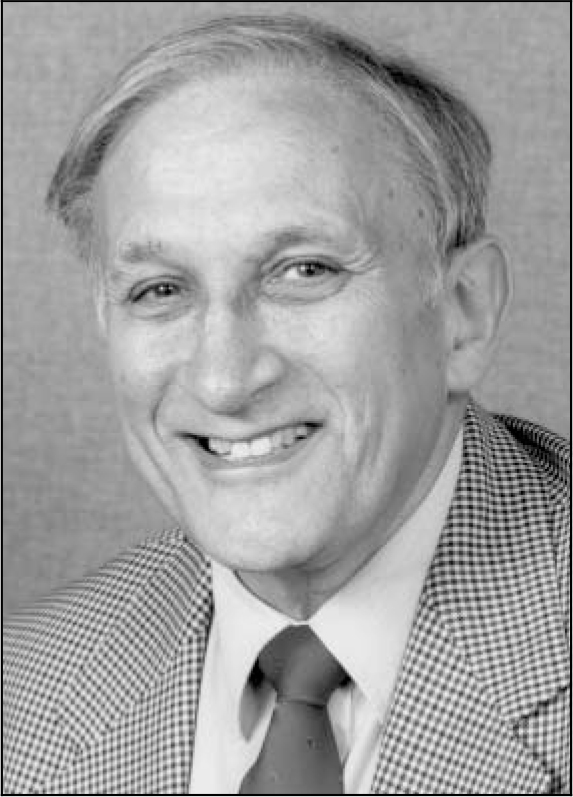Israel Kolvin was one of a small group of medical practitioners who, in the late 1950s, decided to specialise in child and adolescent psychiatry. Over the next 4 decades ‘Issy’ Kolvin was to become one of the great pioneers of academic child mental health and a leading figure in clinical child and adolescent psychiatry.

Issy was born in Johannesburg in 1929, the youngest of five children of Jewish immigrants from Poland and Germany. After completing a degree in philosophy and psychology at the University of Witwatersrand, he later graduated in medicine. His interests in both psychology and medicine, together with his exposure to child poverty and deprivation in his home country, led him to seek a career in psychiatry. He undertook his postgraduate education and clinical training in the UK and, in 1958, went to Edinburgh where he gained valuable experience in general psychiatry and psychodynamic child psychiatry. At that time, there were no formal training schemes in child and adolescent psychiatry, so Issy obtained a senior registrar post in Oxford under Christopher Ounsted, Medical Director of the Park Hospital for Children, which was then one of the few places in the UK with an academic child psychiatry unit. It was here that Issy conducted his first two research projects: a description of aggression in adolescent delinquent boys and one of the first major studies of childhood autism. He demonstrated that patients with this condition had high rates of concurrent neurodevelopment difficulties but these did not inevitably develop into schizophrenia. His work laid the foundations for considering classical Kanner autism as a biological disorder, in sympathy with a growing body of British research dispelling the myth that autism was a childhood functional psychosis with no organic origins. In 1964, he was appointed Physician-in-Charge of the Nuffield Psychology and Psychiatry Unit in Newcastle-upon-Tyne, and Lecturer in Child Psychiatry at the Department of Psychological Medicine, headed by Sir Martin Roth. He remained in this consultant post for the next 27 years, turning the Nuffield into one of the foremost university departments of child and adolescent psychiatry in the world. His work was recognised with one appointment in 1977 to a personal chair. Three of his many research and clinical successes over this time stand out. First, and perhaps the most remarkable, was the unique study of psychological interventions in the maladjusted child in schools, published as a book in 1981, Help Starts Here. This, the first controlled trial of psychological treatment in primary schools, proved that skilled conversational treatment was effective in ameliorating emotional and behavioural difficulties. The second was the longitudinal epidemiological investigations of the intergenerational transmission of psychological disadvantage, carried out through the 1000 families first identified and recruited in 1947 by Sir James Spence at the Department of Child Health, Newcastle-upon-Tyne. Kolvin and colleagues traced a sub-sample of 300 families, then in their early 30s, and identified continuities in the risk for deprivation in the offspring of the original cohort, as well as protective factors against such a negative outcome. These positive characteristics included a flexible behavioural style in the face of adversity, social competence, parents who planned ahead and provided physical and emotional care in spite of privations this may have meant for themselves. These broad categories of psychosocial resilience have subsequently been replicated with remarkable robustness in many other similar studies worldwide. The third important success was in the clinical and political challenge of chairing the Cleveland Inquiry into child abuse. This most difficult task was carried out with a fairness and thoroughness that brought him the respect of many in the community and led to significant recommendations to central government regarding the roles and practice of professionals and parents concerned in child protection.
In 1991, at the age of 60, he was appointed to the newly created John Bowlby Chair in Child and Family Mental Health at the University of London, based at the Royal Free Hospital and Tavistock Clinic. He was Chair of the Association for Child Psychology and Psychiatry, 1994-1996. The photograph was taken in 1996 at the Association's 3rd European Conference in Glasgow. Over the 4 years, before his retirement, he engaged a clinically oriented group of clinicians of international repute for psychodynamic practise in quantitative methods of evaluation in therapy. On his retirement, he left a clinical workforce engaged with modern scientific methods of examining clinical practice and a thriving academic department that few thought possible in such a brief period. He continued to engage in research and to publish through his last illness. When asked what, looking back, he saw as his greatest achievement, he said, without hesitation, his own family. He is survived by his wife, Rona, whom he married 50 years ago, and his two children.



eLetters
No eLetters have been published for this article.